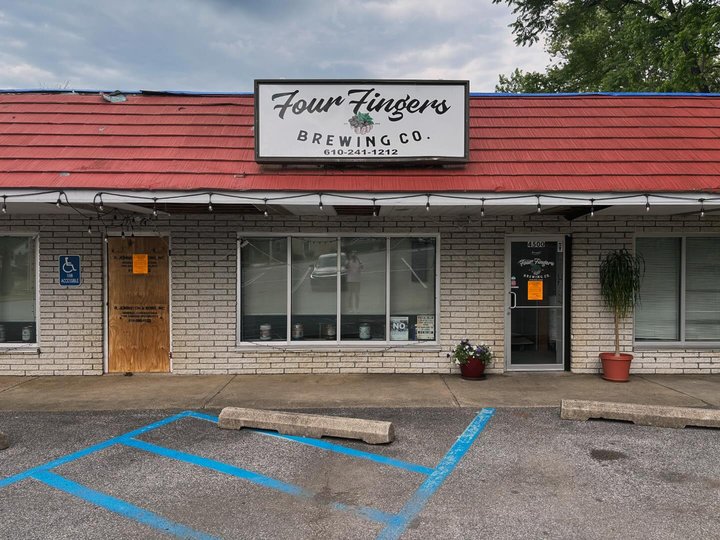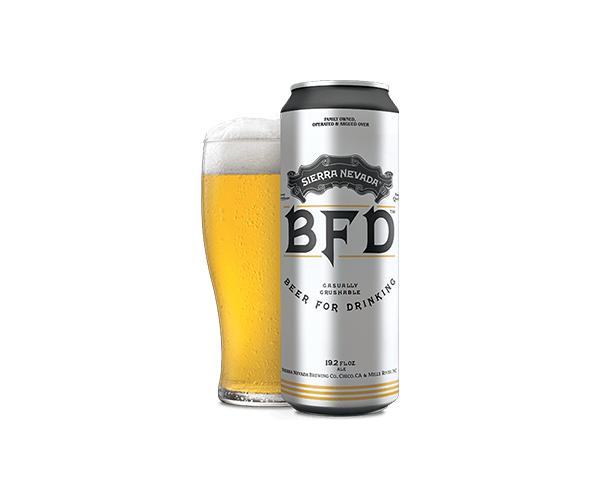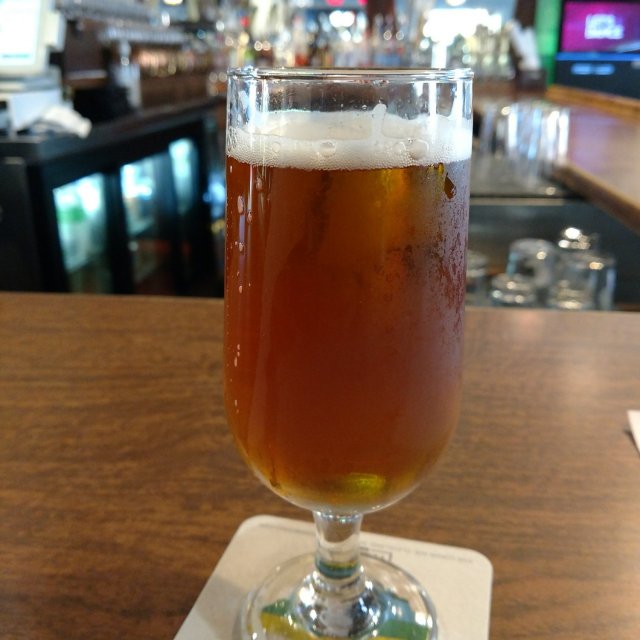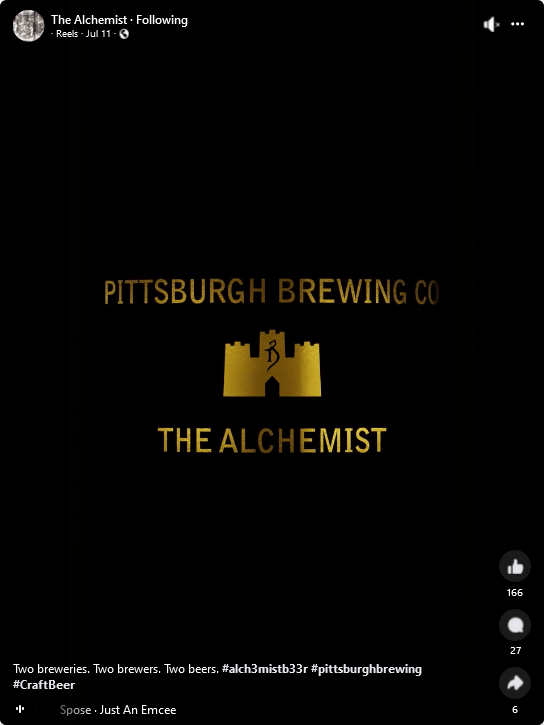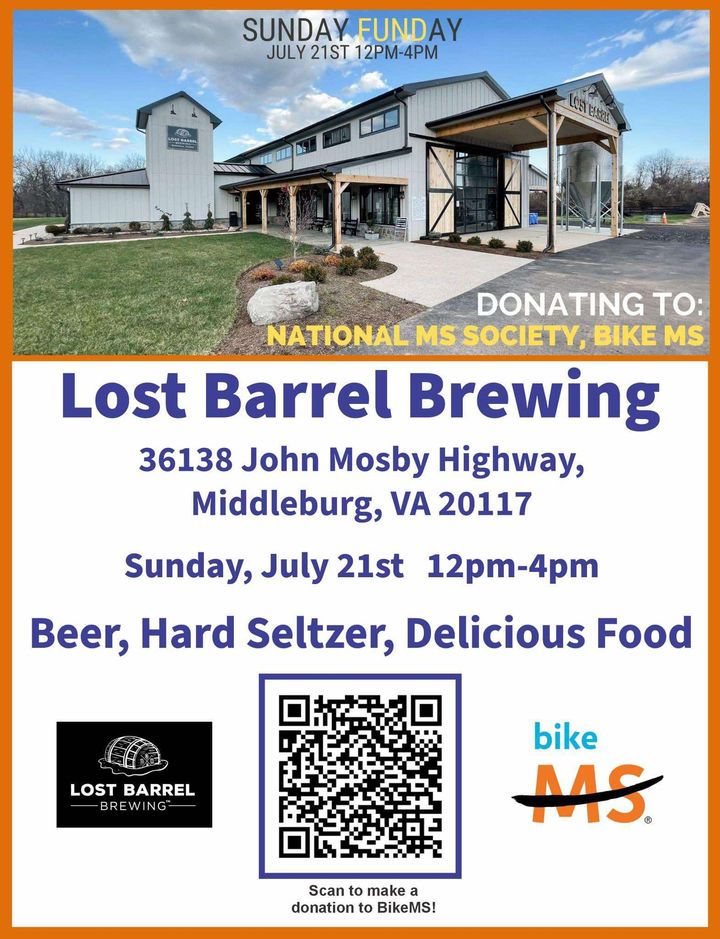Book Review: Of Mice and Men (John Steinbeck)
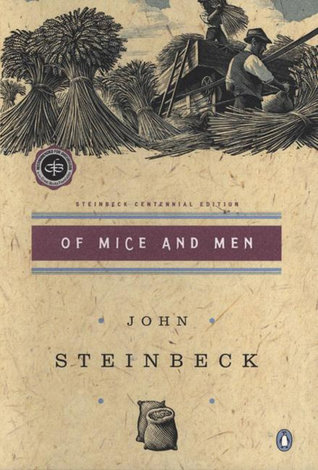
School Time
Who remembers high school? (I’m going to go ahead and assume everyone coming to a beer blog, even for literature reviews, is most likely out of high school and hopefully over the age of 21…. otherwise this is a little awkward.) Maybe even middle school, depending on your age and your school district. Either way, Of Mice and Men is a typically required book for most English classes in high school or middle school in America.
Most people don’t enjoy school, or didn’t enjoy school, and I will admit I am no exception to that. I was never a big fan of middle school, or high school, or even the little college I did have – I wasn’t sold on. As Mark Twain said: “Don’t let your schooling get in the way of your education.” This is pretty much one of the biggest things I can fully agree on, and one of the biggest reasons why I read roughly a hundred books a year. I did actually enjoy the assigned reading books we got in the school I went to. Some of these were ‘To Kill a Mockingbird‘, ‘Of Mice and Men’, ‘Flowers for Algernon’, ‘Catcher in the Rye’, and several others.
Of Mice and Men actually started my love for John Steinbeck in general, and I’ve read most of his works since. The Pearl, Cannery Row, Tortilla Flat, The Red Pony, Travels with Charley, The Moon is Down, The Long Valley, The Cup of Gold, The Short Reign of Pippin IV, etc.
I have not yet tackled his big (huge) tomes of books – Grapes of Wrath and East of Eden. They are on my shelf, waiting to be read, and I do want to tackle them, its more like trying to find the time to do so than feeling obligated or not wanting to read it. I think with Grapes of Wrath, there is also the sense that through cultural osmosis I already know the book to some degree, so that tends to push it down lower on my TRP (to read pile). But don’t worry, once I get around to them and reading them, I’ll be sure to be throwing up a review here on the blog.
What books did you guys have to read in school? Did you like them or not? I find it fascinating how there’s kind of a ‘core curriculum’ but still lots of other books that get taught and read in School X but not in School Y, etc.
John Steinbeck
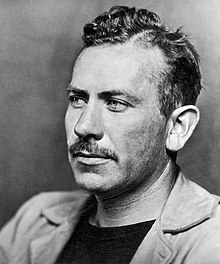
Wikipedia’s opening paragraph and brief biography of John Steinbeck reads:
“John Ernst Steinbeck Jr. (/ˈstaɪnbɛk/; February 27, 1902 – December 20, 1968) was an American writer and the 1962 Nobel Prize in Literature winner “for his realistic and imaginative writings, combining as they do sympathetic humor and keen social perception.”[2] He has been called “a giant of American letters.”[3][4]
During his writing career, he authored 33 books, with one book coauthored alongside Edward Ricketts, including 16 novels, six non-fiction books, and two collections of short stories. He is widely known for the comic novels Tortilla Flat (1935) and Cannery Row (1945), the multi-generation epic East of Eden (1952), and the novellas The Red Pony (1933) and Of Mice and Men (1937). The Pulitzer Prize–winning The Grapes of Wrath (1939)[5] is considered Steinbeck’s masterpiece and part of the American literary canon.[6] In the first 75 years after it was published, it sold 14 million copies.[7]
Most of Steinbeck’s work is set in central California, particularly in the Salinas Valley and the California Coast Ranges region. His works frequently explored the themes of fate and injustice, especially as applied to downtrodden or everyman protagonists.”
John Steinbeck (Wikipedia)
Wikipedia has him listed for 33 pieces of work of at least novella size. Two of these are books of short stories. Thats an impressive list, all of them published between the years of 1929 and 2012. (The one is a film and was released shortly after his passing. There is four books that are credited as being published posthumously.
Of Mice and Men
The Wikipedia description for Of Mice and Men on John Steinbeck’s above page reads:
“Of Mice and Men is a tragedy that was written as a play in 1937. The story is about two traveling ranch workers, George and Lennie, trying to earn enough money to buy their own farm/ranch. As it is set in 1930s America, it provides an insight into The Great Depression, encompassing themes of racism, loneliness, prejudice against the mentally ill, and the struggle for personal independence. Along with The Grapes of Wrath, East of Eden, and The Pearl, Of Mice and Men is one of Steinbeck’s best known works. It was made into a movie three times, in 1939 starring Burgess Meredith, Lon Chaney Jr., and Betty Field, in 1982 starring Randy Quaid, Robert Blake and Ted Neeley, and in 1992 starring Gary Sinise and John Malkovich.”
Of Mice and Men (John Steinbeck page) (Wikipedia)
The full Wikipedia page devoted to Of Mice and Men gives the following brief summary / description:
“Of Mice and Men is a novella written by John Steinbeck.[1][2] Published in 1937, it narrates the experiences of George Milton and Lennie Small, two displaced migrant ranch workers, who move from place to place in California in search of new job opportunities during the Great Depression in the United States.
Steinbeck based the novella on his own experiences working alongside migrant farm workers as a teenager in the 1910s (before the arrival of the Okies that he would describe in The Grapes of Wrath). The title is taken from Robert Burns‘ poem “To a Mouse“, which reads: “The best laid schemes o’ mice an’ men / Gang aft agley”. (The best laid schemes of mice and men / Often go awry.)
While it is a book taught in many schools,[3] Of Mice and Men has been a frequent target of censors for vulgarity, and what some consider offensive and racist language; consequently, it appears on the American Library Association‘s list of the Most Challenged Books of the 21st Century.[4]“
Of Mice and Men (Wikipedia)
GoodReads blurb on ‘Of Mice and Men’:
“I got you to look after me, and you got me to look after you, and that’s
Of Mice and Men (GoodReads)
why.”
They are an unlikely pair: George is “small and quick and dark of face”; Lennie, a man of tremendous size, has the mind of a young child. Yet they have formed a “family,” clinging together in the face of loneliness and alienation. Laborers in California’s dusty vegetable fields, they hustle work when they can, living a hand-to-mouth existence. But George and Lennie have a plan: to own an acre of land and a shack they can call their own.
While the powerlessness of the laboring class is a recurring theme in Steinbeck’s work of the late 1930s, he narrowed his focus when composing ‘Of Mice and Men’ (1937), creating an intimate portrait of two men facing a world marked by petty tyranny, misunderstanding, jealousy, and callousness. But though the scope is narrow, the theme is universal: a friendship and a shared dream that makes an individual’s existence meaningful.
A unique perspective on life’s hardships, this story has achieved the status of timeless classic due to its remarkable success as a novel, a Broadway play, and three acclaimed films.
Book Review
I think most people reading this blog post will already at the very least know the broad strokes of the book. Its part of that general “cultural osmosis” that I believe we all have. Where certain themes, books, films / movies, plays, music, etc is just ingrained in us through culture. For example, knowing Vader is Luke’s father (SPOILER!!!!!!), or Homer’s Odyssey, or the Iliad, or Hamlet, Macbeth, To Kill a Mockingbird, The Godfather, etc. These are just themes and ideas and story beats that we all just ‘know’. Even if you’ve never read, or seen, or viewed the source material itself.
This is a novella and very short, with few set pieces and locations. I can see how it originated as a play (the entire time I was re-reading this, I thought this would make an excellent play, and while researching it a bit for this post I came to realize it was originally planned as a play). Its 103 pages (in this edition) and each chapter starts off with a page of flowery prose, and then goes into sparse and tight prose, with much more emphasis on dialogue.
The main characters are George (Milton) and Lennie (Small). The two ‘team together’ working farm after farm as ranch hands. George is the ‘brains’ and Lennie is the ‘muscle’. George is smart in the worldly sense; whereas Lennie is a big, most likely mentally retarded in some fashion, muscular “oaf”. He routinely gets them in trouble due to his inability to control his actions and his strength.
The main thrust of the plot starts when they get to the ranch and they begin working there. The owner’s son Curley is a hot head with a Napoleon complex. His wife is collectively called a “tart”, “a tramp”, and other such 1930s era words for a seemingly promiscuous and ‘looking’ married woman.
The entire story has a sense of impending doom. A foreboding gloom that we just know the dreams and hopes of George, Lennie, and then eventually Candy, will never come to fruition. The sense of impending doom, the foreboding nature, and the sense that it will all fall apart looms over the pages prose. Especially every time Curley or (even more so) Curley’s wife walks onto the page. The interaction with Carlson and Candy about his dog is foreshadowing at its absolute best.
I won’t get into the tragic ending, for spoiler reasons, and since most people know it anyway. But needless to say – the ending is tragic, foreseeable, and sadly enough – probably not preventable. Especially given all the combustible elements (namely people) at that point in the story. What happens between Lennie and Curley’s wife, and then how George has to take care of it. And doing so in the way that Candy was not willing to do with his dog – although he laments it and says afterwards that he should have done it himself – is all chilling, sad, and very tragic.
Themes
The best laid plans of mice and men as William Shakespeare would say. The bindle boys, the moving ranchers that go from ranch to ranch, and work for their stakes always just end up blowing it in cat houses, in gamble dens, or in bars. Never actually holding onto it and getting their land, but yet they all dream of it. Their all dreaming of that land. Especially George and Lennie, and then Candy getting involved in their plans.
The biggest theme is ‘taking care of your own business’. The way Candy realizes after Carlson puts down his dog that he should have done it. And the way George knows at the end that he has to be the one who puts Lennie down for his tragedy and for his own good. The idea of doing whats right, and not letting others have to do the hard tasks, as Ned Stark says in the first book of the Ice and Fire series (Game of Thrones) – the one who passes the judgement should be the one who has to use the sword. Confronting the harsh, hard, and unforgiving parts of the nature of things.
For such a short novella, and with it mostly dialogue, it does pack in the setting well, the bleak sense of desperation and loneliness that the ranchers have, their lives of just going from farm and ranch to farm and ranch and working the land for others. Modern day serfs. Working the land for others, blowing their money, living in run down cabin bunk houses, worried about being canned, worried about others stealing their stuff, etc.
Overall Thoughts
I’m going to come off as heavily biased here and just outright say it – this is one of my all time favorite books. So this will most likely come off as biased or maybe ‘tipping the scales’. But…..
My GoodReads Rating: *****
My LibraryThing Rating: ****.5
Average GoodReads Rating: 3.88 (as of 6.23.22)
Here’s a funny line from a GoodReads review:
The title of this novel is only 50% accurate, a very poor effort. Yes, it’s about men, but there’s little or nothing about mice in these pages. Mice enthusiasts will come away disappointed.
Paul Bryant Review
Links
For more Of Mice and Men links, check out these:
Interested in more book reviews by us here at The Beer Thrillers?
Then check out these book reviews (and note – this is only a sampling):
- Book Review: Machiavelli – The Art of Teaching People What to Fear (Patrick Boucheron)
- Book Review: For The Love of Beer (Dr. Alison E. Feeney)
- Book Event: For the Love of Beer Event
- Book Review: The Wit and Wisdom of Tyrion Lannister (George R.R. Martin)
- Book Review: The Atlas of Tolkien (David Day)
- Book Review: 9-11 (Noam Chomsky)
- Book Review: Curb Your Enthusiasm and Philosophy
- Book Review: Buddhism 101 (Arnie Kozak)
- Book Review: Plotted (Andrew DeGraff)
- Book Review: The Philosophy of Snoopy (Charles M. Schulz)
- Book Review: Star Wars: The Guardians of the Whils (Greg Rucka)
- Book Review: On Bullshit (Harry G. Frankfurt)
- Book Reviews: Star Wars: The Jedi Path and The Book of the Sith (Daniel Wallace)
Some new recent beer news and blog posts we have done:
- Macklin Brewing Company in Development
- Arboretum Trail Brewing Company Opens Their Doors
- Torture Brewing Company Kickstarter Campaign
Thanks For Reading
Thanks for reading everyone. I got lots of articles and posts in the upcoming weeks. We are also going to be starting another tournament series for July. This time a battle of the beers rather than a battle of the breweries. So be on the look out for more details about that. I have a pile of books I’ve recently finished reading, and the reviews will be coming in shortly. So if you enjoy our book reviews, stick around for that! If you are here for the beer posts, don’t worry, we have plenty in that department as well!
So stay tuned!
Stay cool in these hot end of June and early July days. Keep a cold beer in your hand to help out!
Cheers All!
-B. Kline
As always, thank you everyone for reading! Leave your likes, comments, suggestions, questions, etc, in the comments section. Or use the Feedback – Contact Us – page, and we’ll get right back to you! You can also reach out to us at our direct e-mail address: thebeerthrillers@gmail.com
Thank you for visiting our blog. Please make sure to follow, bookmark, subscribe, and make sure to comment and leave feedback and like the blog posts you read. It will help us to better tailor the blog to you, the readers, likes and make this a better blog for everyone.
You can check out our different directories here: Beer Reviews, Hike Reviews, Book Reviews, Brewery News, Brewery Openings, Brewer Interviews, and Travelogues.
Please be sure to follow us on our social media accounts – Facebook, Facebook Group, Twitter, Instagram, YouTube, and Influence. Please be sure to also follow, like, subscribe to the blog here itself to keep updated. We love to hear from you guys, so be sure to leave a comment and let us know what you think!

